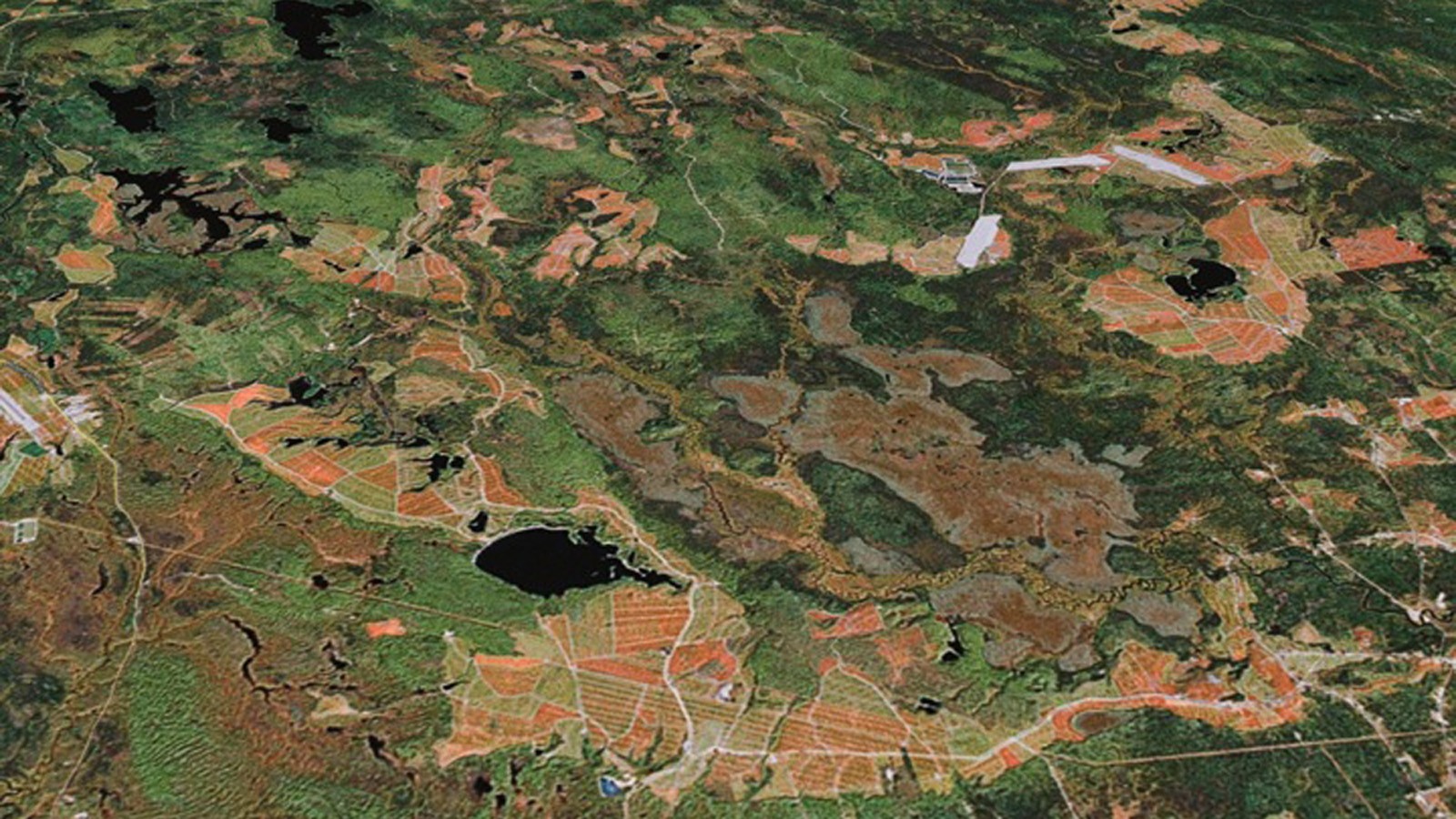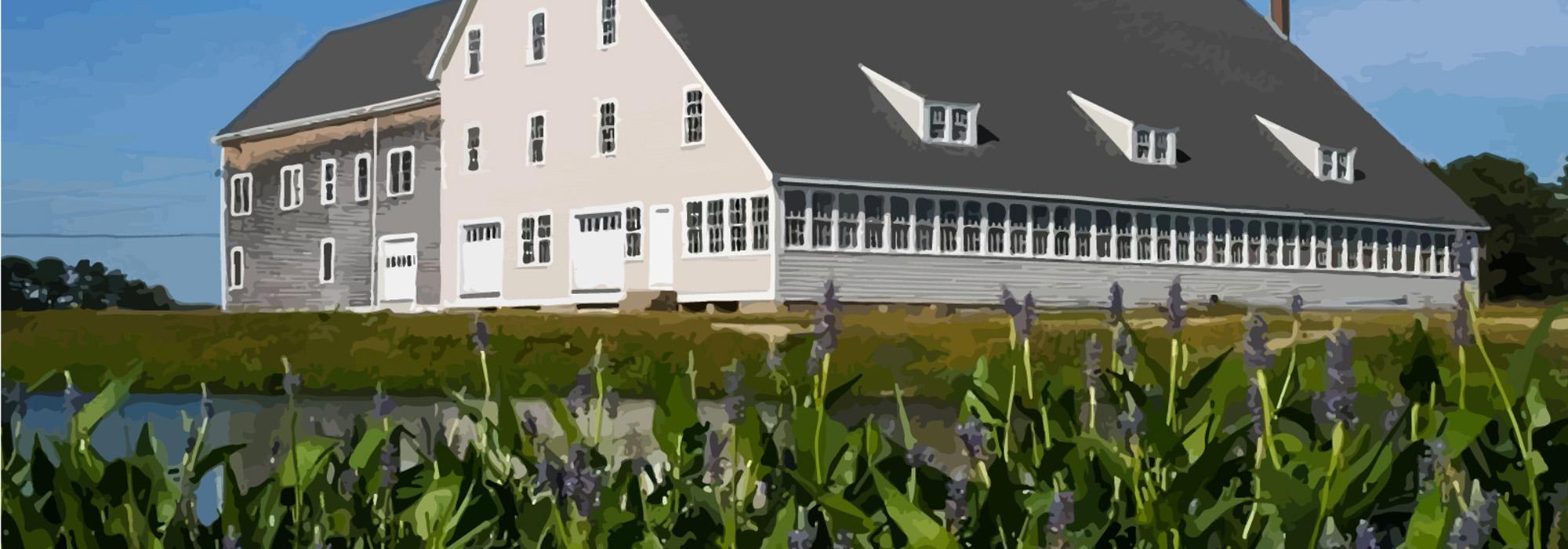It Takes One: Duncan Hilchey
I am an agricultural educator and regional planner by training, but an amateur naturalist and economic geographer by avocation. My day job is editor-in-chief of the Journal of Agriculture, Food Systems, and Community Development, which is a scholarly peer-reviewed publication focused on local food and farming issues. Outside of work, my evenings are often spent zooming in and out of Google Earth Pro to remote-transect specialty agricultural landscapes, discerning their boundaries and trying to interpret what is on the ground.
I began the Place at the Table project (funded in part by the National Geographic Society’s Conservation Trust program) while working at Cornell’s Community and Regional Development Institute. Place at the Table is working to help establish the Concord Grape Belt Heritage Area and other agricultural heritage areas throughout the U.S. The Concord Grape Belt, home of the farmer-owned cooperative Welch’s, is a vast viticultural area that includes over 500 growers on the east end of Lake Erie in western New York and Pennsylvania. Over the last century, the Concord Grape Belt community has formed an industrial cluster in the area that includes cooperatives, processors, farmers, vineyards, wineries, research labs, and other infrastructure. My work focused on pulling key stakeholder groups together to plan and implement America’s first heritage area based on a food product. To bring this plan to life, we formed the Concord Grape Belt Heritage Association, Inc. Working with the Association our projects included the development of marketing materials and the creation of an economic impact statement. The association recently opened the Grape Discovery Center, which offers product tastings, bus tours, an educational video, gift shop, and museum.
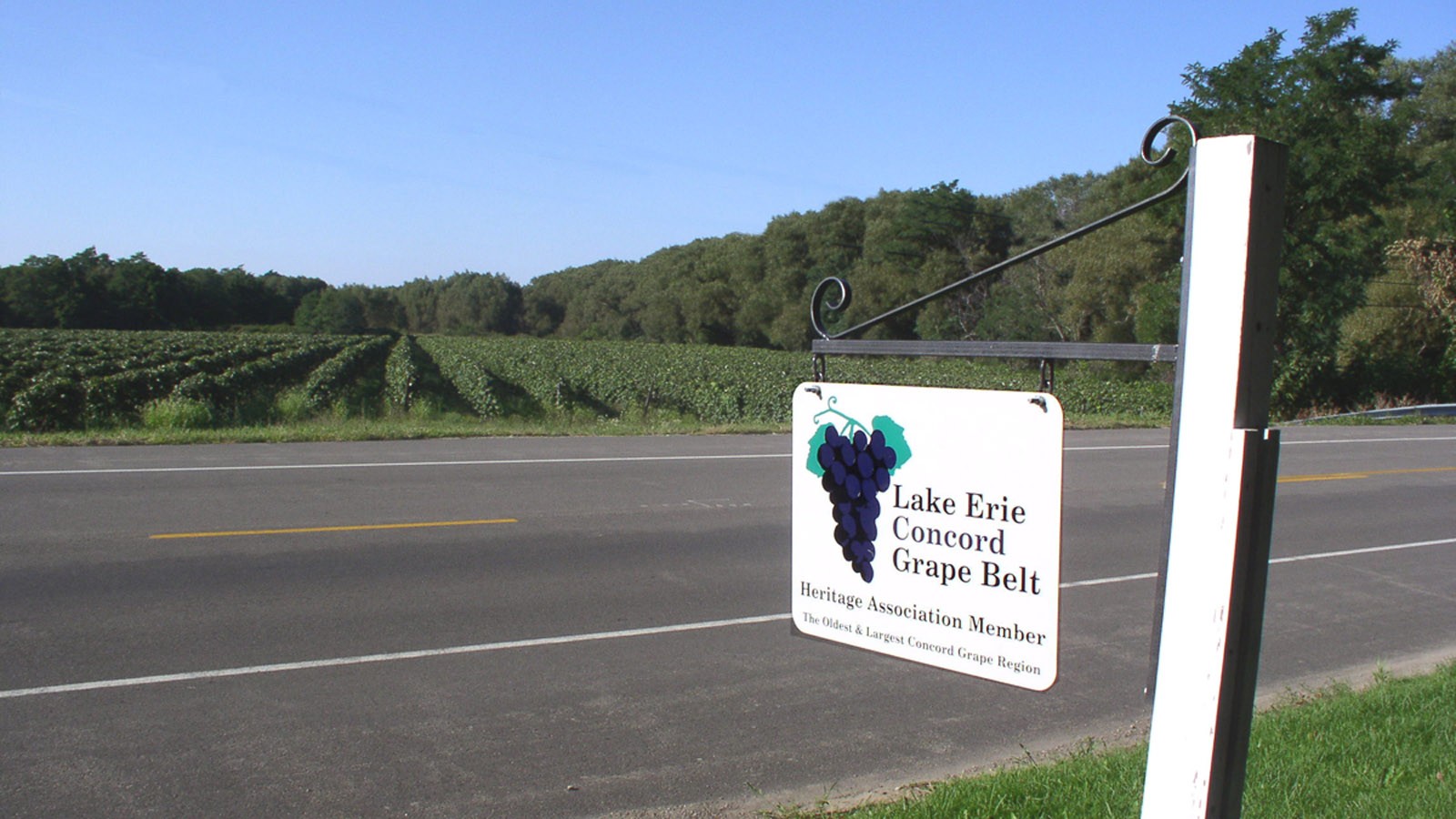
How would you define a cultural landscape?
To me, a cultural landscape is a visually harmonious and fundamentally sustainable landscape that emerges out of the fusion of natural and anthropogenic activities.
Why are you interested in/why did you get involved with the landscape?
I am a topophile who is enamored with unique farming landscapes, especially those that have been shaped by man to meet the singular growing requirements of a specialty crop. Examples include the wild blueberry barrens in Maine and the Maritimes, which have been tended for perhaps thousands of years; the cranberry bog region of southeastern Massachusetts and Cape Cod; and the lakes where wild rice grows in the western Great Lakes, stewarded by the Ojibwe people who consider it sacred.
A key experience that sparked my interest in agricultural landscapes was a trip to France where I studied the concept of terroir(prounounced “tear-wha”), a culinary ethos based on the idea that the same crops — and even processed products — produced in different locations will actually taste different, reflecting the unique characteristics of the different landscapes. This was a revelation that changed the way I looked at food, farming, farmers, and farmland.
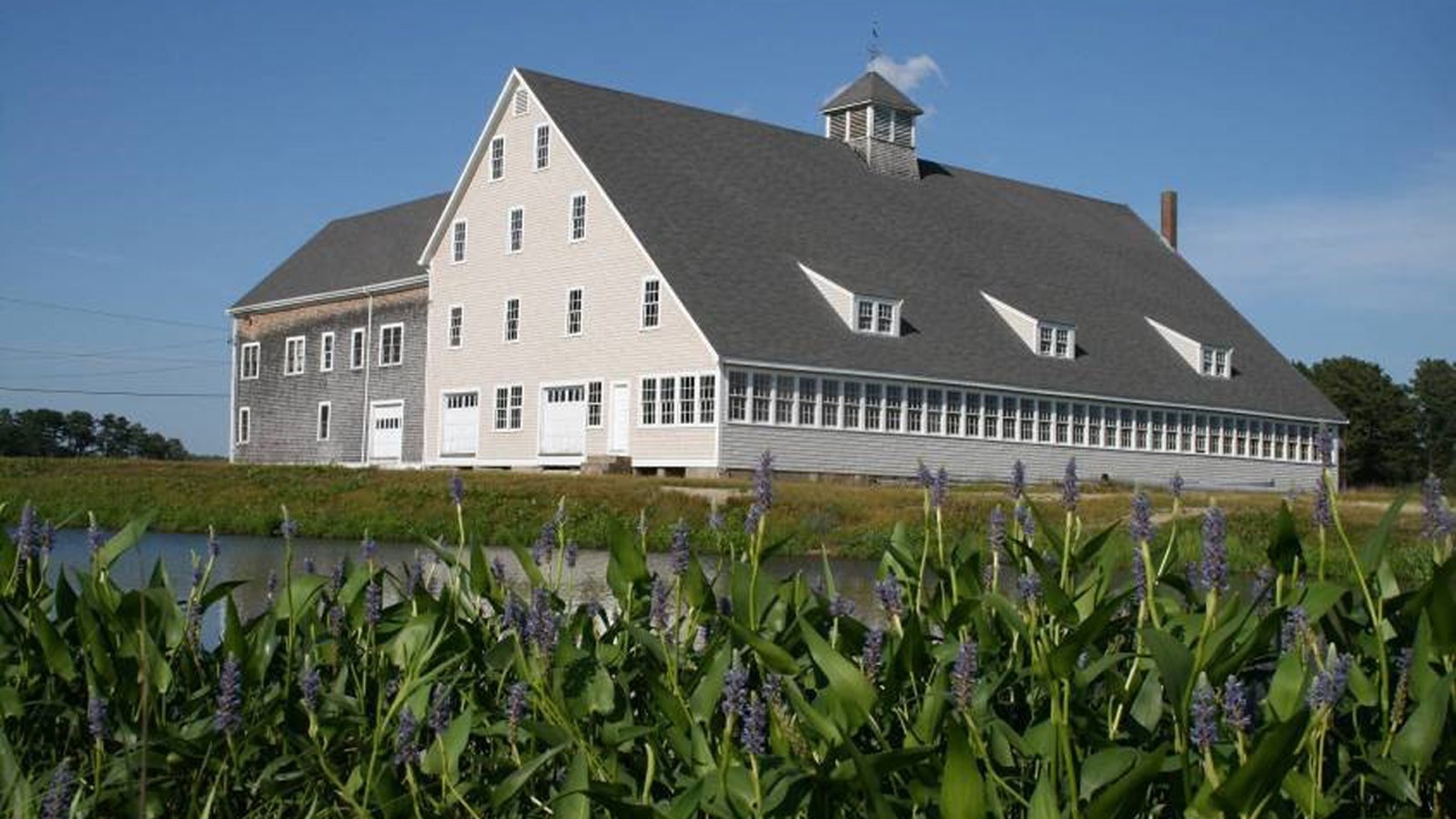
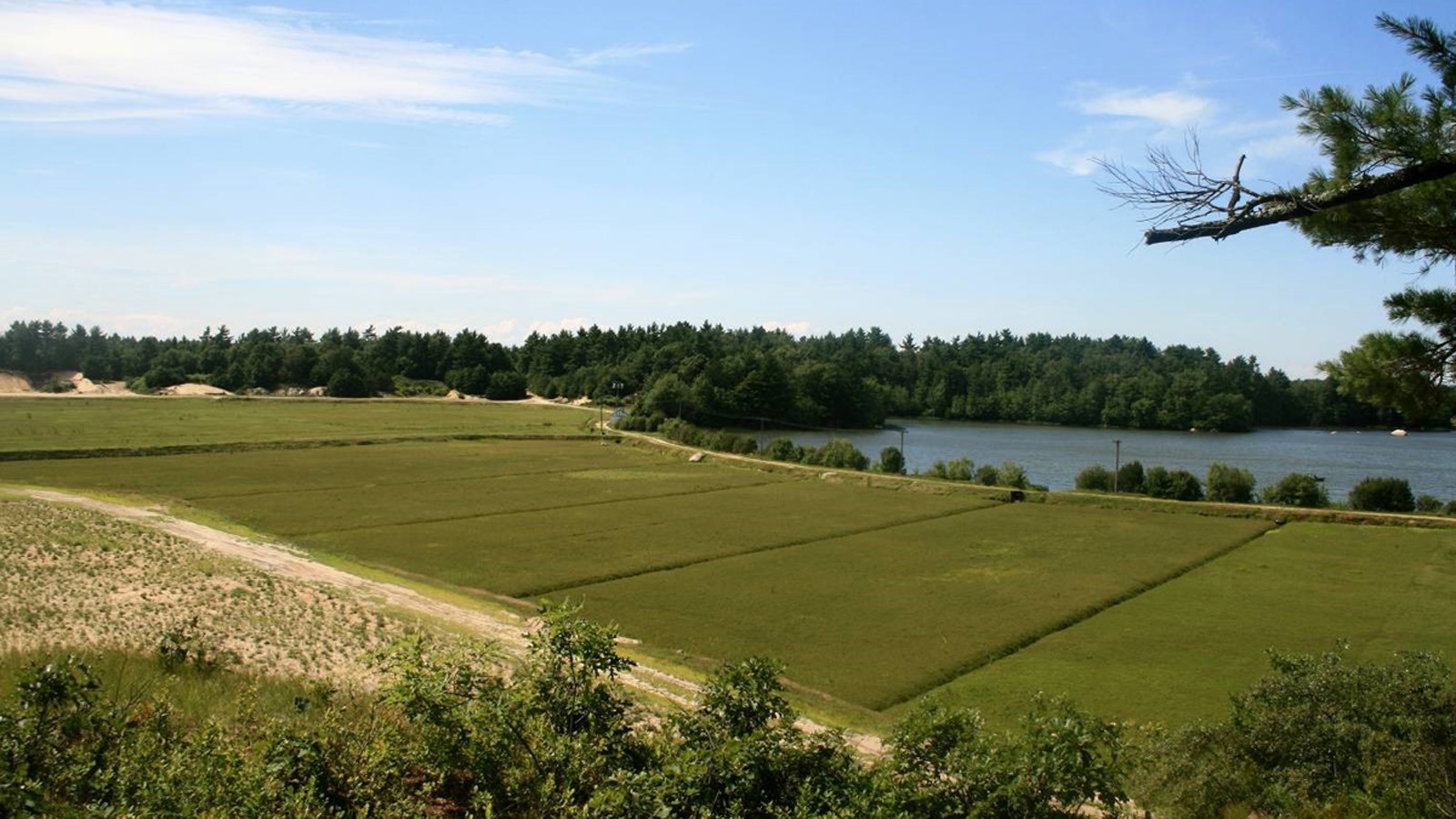
How did your understanding change as a result of your advocacy efforts/work?
As I have come to know it over the years, terroiris more than just the unique physiographic nature of a landscape: its slope, soils, mother rock, microclimate, groundwater, and native vegetation. It is also the history of a place; the blood, sweat and tears that went into clearing and shaping the land; the long process of breeding plants to thrive in a particular location; the unique cultural identity expressed in a crop’s production and processing practices; foodways and culinary traditions; and the regional vernacular tools developed in each area to meet the needs of the postharvest handling, processing, and packaging of crops.
I have learned that food is really a unique expression of place. We can see cultural landscapes, touch them, and walk them. But agricultural landscapes, as a subset of cultural landscapes, are the only landscapes that offer a complete sensory experience of place, or as the French refer to it, goût de terroir or “taste of place.”
I now see all agricultural landscapes through the lens of terroir — those that don’t express it (general agricultural landscapes), and those that do (have natural and man-made advantages for growing a particular crop) and why.
What is the message that you would like to give our readers that may inspire them to make a difference?
I think many people move through the countryside on highways without giving farmland a second thought. However, food is essential to life. Farmland, because it is essential to the production of food is also essential to life, but agricultural landscapes are also multifunctional. They offer more than sustenance in the form of fresh local food: their benefits include open space, recreation, wildlife habitat, and a connection to history and nature, which if recognized and appreciated can give us a greater sense of well-being.
It is critical to keep these benefits in mind since agricultural landscapes are threatened and in decline all over the world. There is a finite amount of farmland, and once developed it is unlikely to return to production. As this land is lost, we not only lose a bit of future food security — and beauty, but also just a bit of the American soul. I would recommend that people get more involved with their local farmlands as farmland stewards by working with agricultural land trusts, local conservation and watershed groups, Resource Conservation and Development programs and Soil and Water Conservation Districts to immerse themselves in a taste of place.
